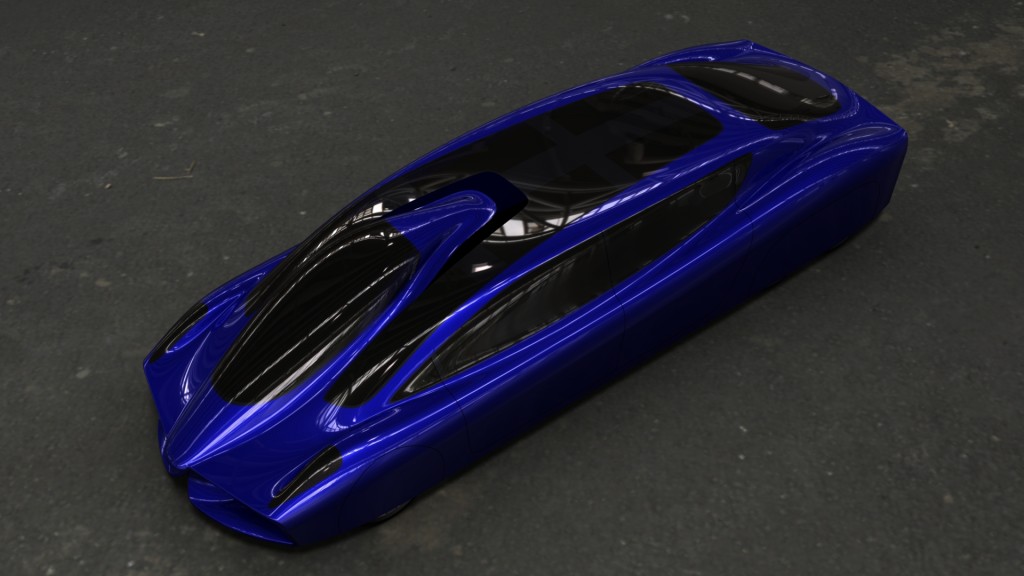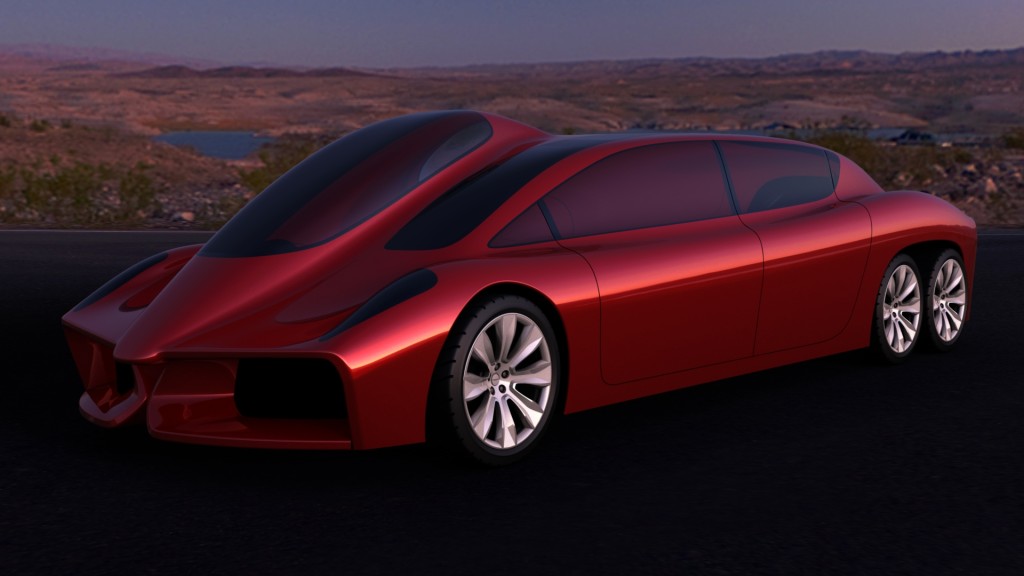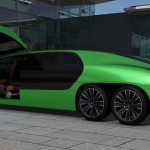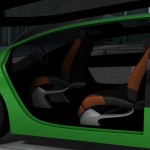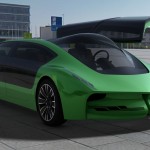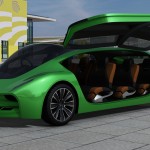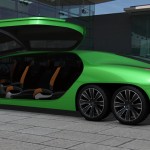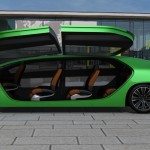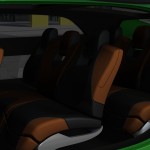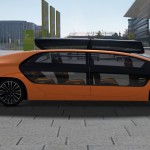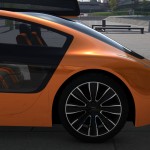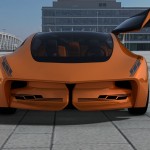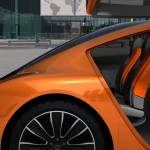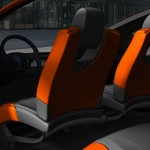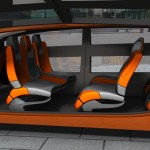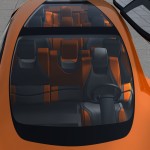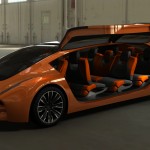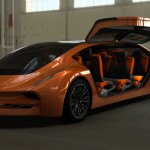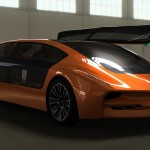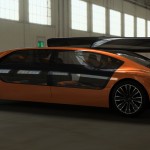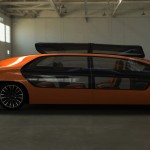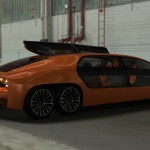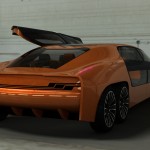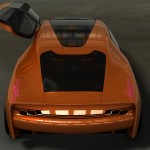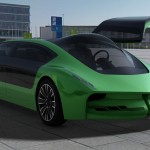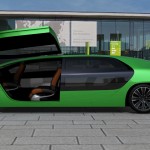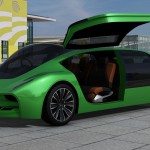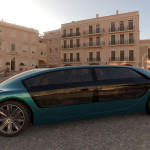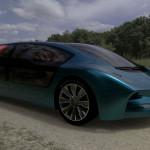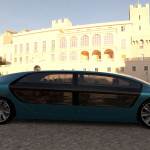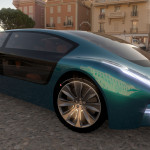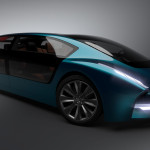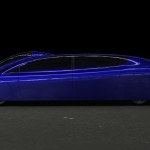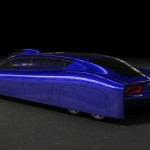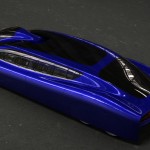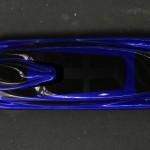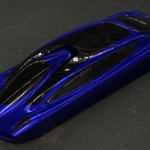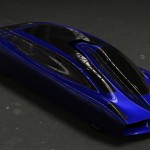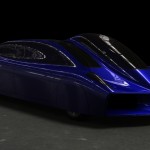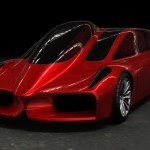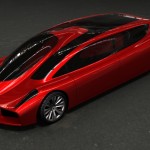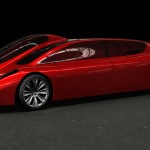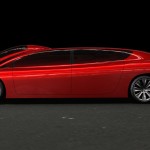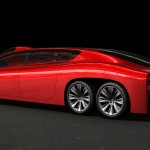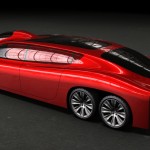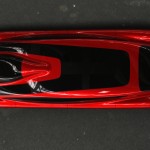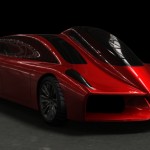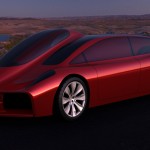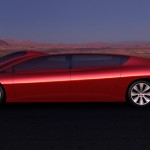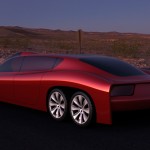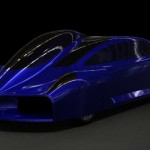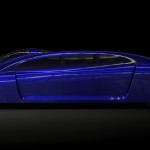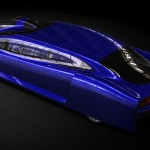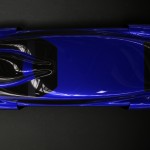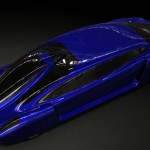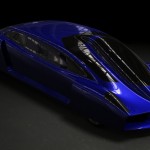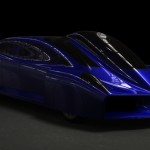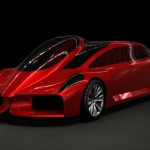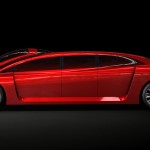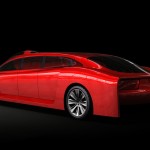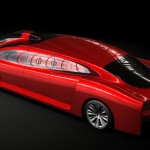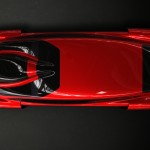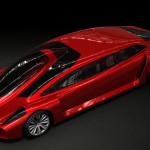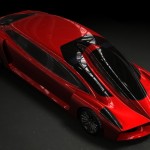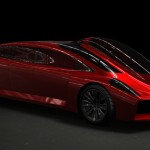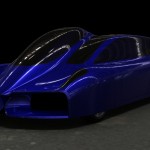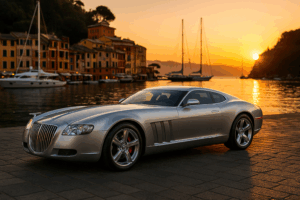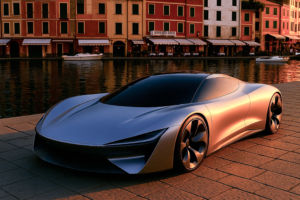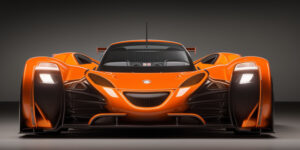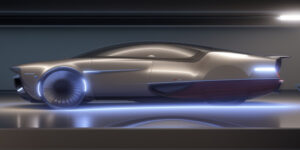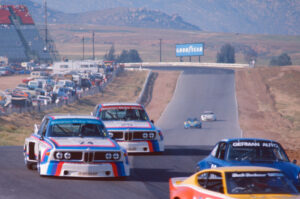Zero Emission High Speed Luxury Limousine
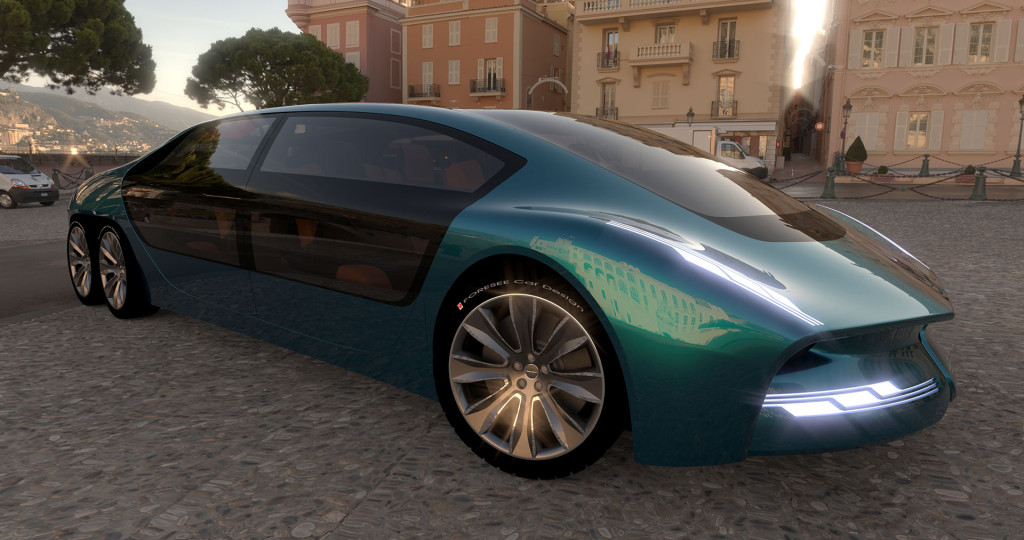
 In the market of luxury limousines it has been a habit to just take a current production vehicle, lengthen the chassis and put a horizontal extension between the front door and the rear door. Dominant were the Lincolns, but nowadays the Chrysler 300, the Hummer H2 and various others are rearing there not so pretty heads as well. Status: NONE.
In the market of luxury limousines it has been a habit to just take a current production vehicle, lengthen the chassis and put a horizontal extension between the front door and the rear door. Dominant were the Lincolns, but nowadays the Chrysler 300, the Hummer H2 and various others are rearing there not so pretty heads as well. Status: NONE.
Together with George Gaffoglio from Metalcrafters Inc. we wanted to see if we could push that into a new category that would provide a unique, modern and attractive design and combine that with the need for green and clean, and add a heavy dose of user friendliness and practicality in the mix. The outcome is this sleek 9-seat vehicle with a central driving position, 3 axis of which 2 are driven in the rear by the strong electric engines.
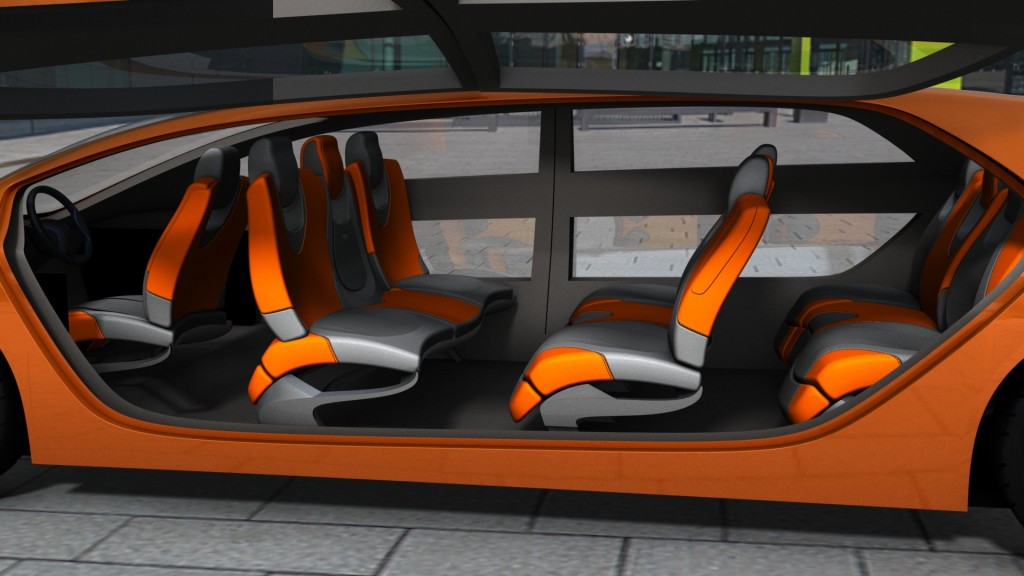 The gull-wing doors are not only really cool looking, but provide ease of access and egress for the passengers.Inside the passenger will find seats with reversible seat backs so they can either be all facing one direction, or opt to face each other to provide ease of group travel with much more interaction.
The gull-wing doors are not only really cool looking, but provide ease of access and egress for the passengers.Inside the passenger will find seats with reversible seat backs so they can either be all facing one direction, or opt to face each other to provide ease of group travel with much more interaction.
The extensive stack of batteries in the rear provide ample energy for the engines to cover vast distances in quiet and comfort.
For the design we again used the Organic Modeling technique within Autodesk Alias Autostudio to make create a compelling fluid shape, this time with much more reduced character lines over the whole surface, and total control over the highlights to adjust them easily throughout the development.
We initially rendered the car out using Autodesk Showcase, but the shown final animation and the most recent shots were done in Autodesk VRED.
In the below video you can see a complete development of the various stages of development for the Taxi project shown before and this Limousine project. With the limousine, since it was intended as a high speed Intercity type vehicle, we considered closing the wheels off completely to enhance the aerodynamics on freeway usage. The driving position, even to the extend of higher and more forward and separate from the passenger area, was prevalent throughout the process.